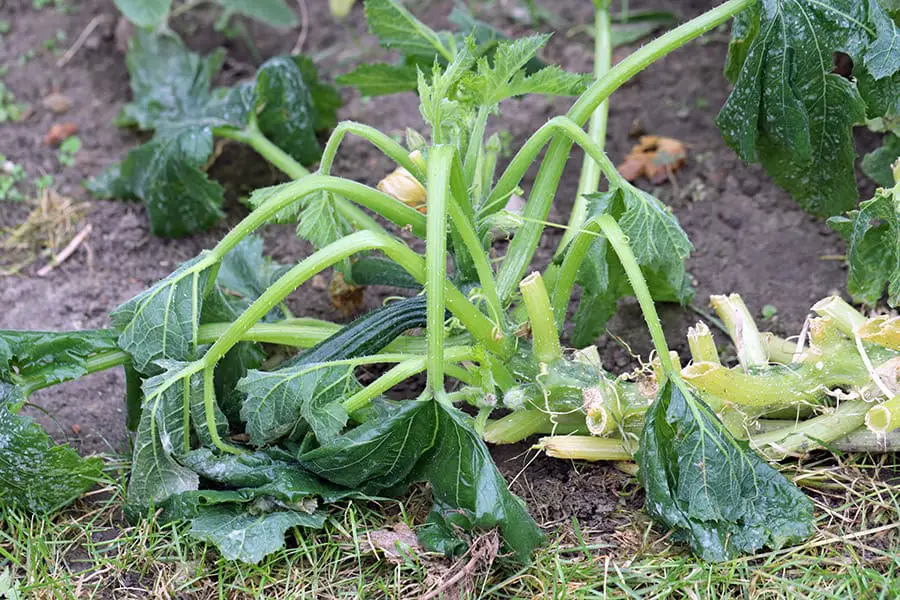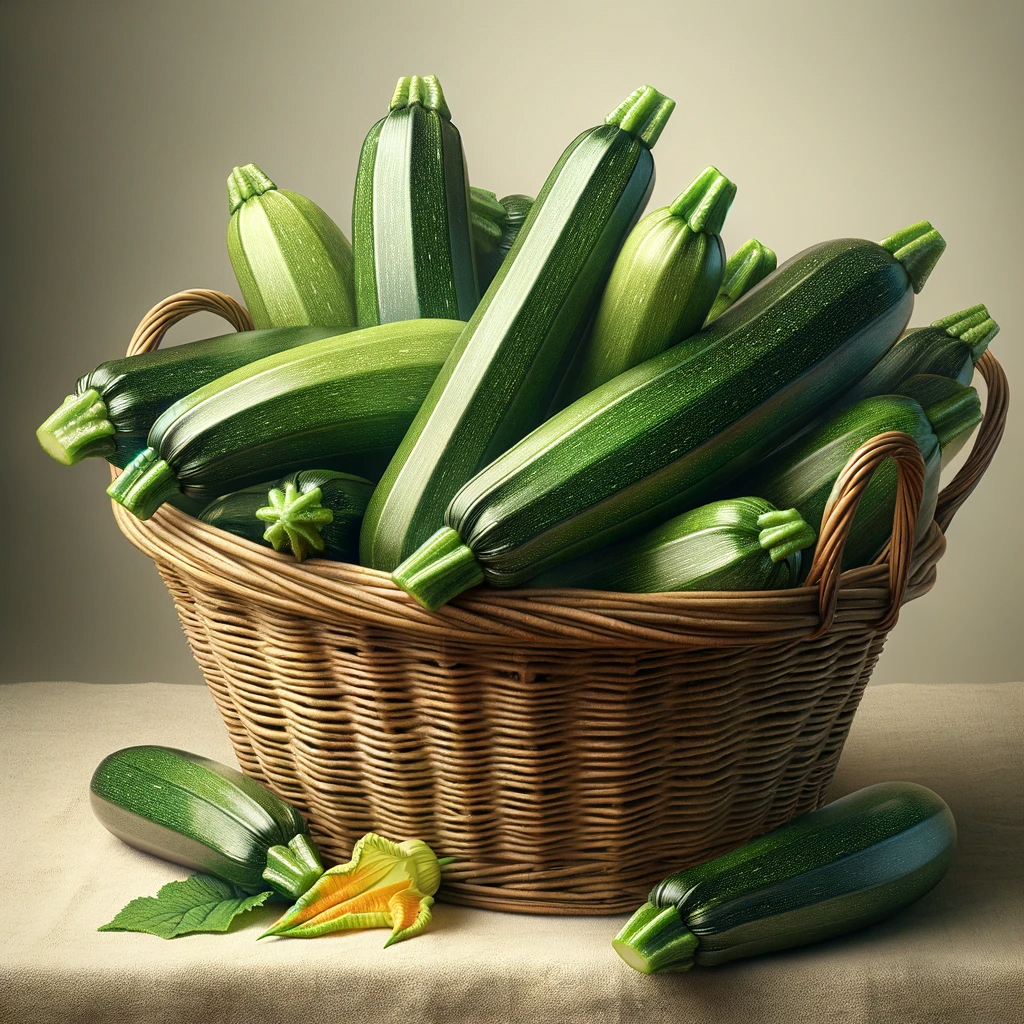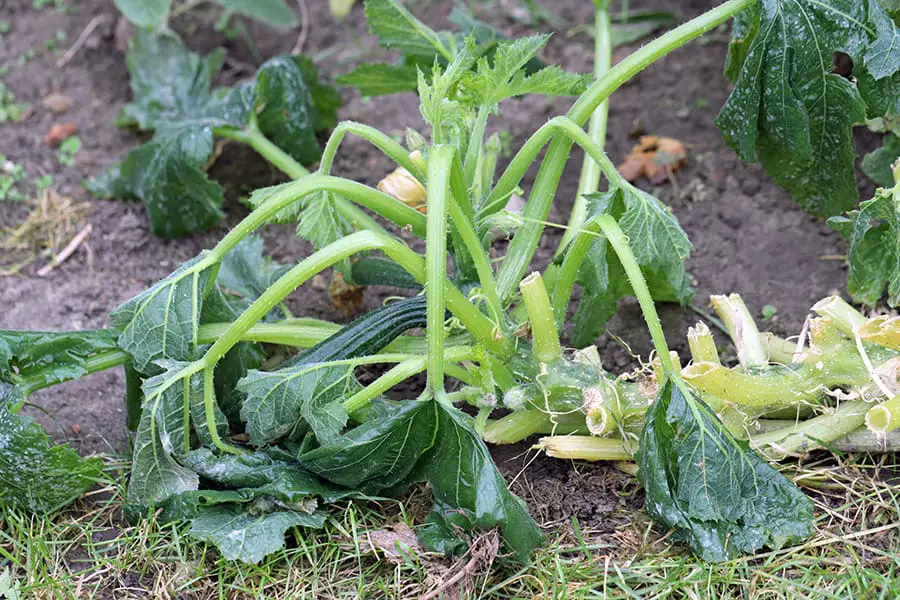Have you been eagerly growing zucchini in your garden, but to your disappointment, they aren’t flourishing as you had hoped? I have asked myself so many times almost desperately Why Aren’t My Zucchini Growing? But don’t fret! In this article, we will explore the common problems that might be hindering the growth of your zucchini plants. Discover simple solutions and helpful tips to ensure your zucchini plants thrive and yield a bountiful harvest. So, let’s dig in and uncover the reasons behind your zucchini woes!
Insufficient sunlight
Zucchini plants require at least 6 to 8 hours of direct sunlight
Zucchini plants are sun-loving vegetables that thrive in sunny locations. Without adequate sunlight, they may struggle to grow and produce healthy fruits. Ideally, these plants should receive a minimum of 6 to 8 hours of direct sunlight each day. Insufficient sunlight can result in weak and spindly plants, poor fruit development, and lower yields. If your zucchini plants are not receiving enough sunlight, it is important to make adjustments to ensure they get the light they need.
Effects of insufficient sunlight on zucchini growth
When zucchini plants do not receive enough sunlight, several negative effects can occur. Inadequate sunlight can lead to stunted growth, as the plants will not be able to photosynthesize efficiently. This can result in smaller leaves, thinner stems, and overall weak plant structure. Insufficient sunlight can also reduce the plants’ ability to produce flowers and fruits. The lack of direct sunlight can negatively impact the plants’ reproductive processes, leading to poor fruit set and lower yields. It is crucial to provide enough sunlight to maximize the growth and productivity of your zucchini plants.
Poor soil conditions
Inadequate drainage
Proper soil drainage is essential for the health of zucchini plants. When the soil does not drain well, excess water can accumulate around the roots, leading to root rot and other moisture-related problems. Waterlogged soil deprives the roots of oxygen, which in turn affects the plants’ ability to uptake nutrients and water. To ensure adequate drainage, it is recommended to amend heavy clay soils with organic matter like compost or well-rotted manure. This improves the soil structure, allowing water to flow freely and prevents waterlogging.
Lack of nutrients
Zucchini plants require a balanced supply of nutrients to grow and produce fruits. Poor soil conditions may lack essential nutrients, limiting the plants’ growth and development. Nitrogen, phosphorus, and potassium are the key macronutrients required in relatively large amounts. Additionally, micronutrients like iron, magnesium, and calcium are needed in smaller quantities. Fertilizing the soil with organic or synthetic fertilizers can help replenish nutrient deficiencies. Conducting a soil test is beneficial to identify specific nutrient imbalances and provide appropriate adjustments for optimal zucchini growth.
Soil pH imbalance
The pH level of the soil can significantly impact the availability of nutrients to zucchini plants. These vegetables thrive in slightly acidic to neutral soil, with a pH range of 6.0 to 7.0. If the soil pH is too high or too low, it can lead to nutrient deficiencies even if the soil has an ample supply of nutrients. To correct pH imbalances, it may be necessary to add soil amendments. For acidic soils, adding lime can help raise the pH, while sulfur may be used to lower the pH for alkaline soils. Regular soil testing is essential to monitor and maintain the optimal pH level for healthy zucchini growth.
Improper watering
Overwatering
Providing the right amount of water is crucial for the healthy growth of zucchini plants. Overwatering can be detrimental to these plants, causing root rot and other water-related diseases. When the soil is constantly saturated, the roots suffocate, leading to poor nutrient uptake and stunted growth. It is important to check the soil moisture levels before watering and ensure that the soil is slightly moist but not waterlogged. Good drainage is crucial in preventing water accumulation and allowing excess moisture to escape.
Underwatering
Insufficient watering can also hinder the growth of zucchini plants. When plants do not receive enough water, their leaves may wilt, and they become stressed, affecting overall growth and fruit production. It is essential to water zucchini plants regularly, especially during hot and dry periods. Water deeply, allowing the water to penetrate the root zone, and avoid shallow watering that only moistens the surface. Mulching the soil around the plants can also help retain moisture and prevent evaporation.

Lack of pollination
Zucchini plants require pollinators for successful fruit set
Successful pollination is vital for zucchini plants to set fruit. These plants rely on pollinators, such as bees, butterflies, and other insects, to transfer pollen from male to female flowers. Without pollination, zucchini plants will produce fewer or no fruits at all. To attract pollinators to your garden, you can incorporate flowers and plants that provide nectar and pollen, such as marigolds, lavender, and sunflowers. Additionally, avoiding the use of pesticides harmful to pollinators can help create a welcoming environment for these beneficial insects.
Ways to attract pollinators
Creating a pollinator-friendly garden is an effective way to attract the necessary insects for pollination. Planting a variety of flowers that bloom throughout the growing season can provide a consistent food source for pollinators. Choose plants with different flower shapes and colors to attract a diverse range of insects. Additionally, providing water sources like shallow dishes or birdbaths can help attract pollinators. By implementing these strategies, you can ensure that your zucchini plants have ample pollinators for successful fruit set.
Pest infestation
Common pests that affect zucchini plants
Zucchini plants can be susceptible to various pests that can damage the leaves, stems, and fruits. Some common pests include aphids, squash bugs, cucumber beetles, and spider mites. Aphids feed on the plant sap, causing distortion and yellowing of the leaves. Squash bugs and cucumber beetles can cause wilting, yellowing, and stunting of the plant, as well as transmit diseases. Spider mites are tiny pests that suck the sap from leaves, resulting in a stippled appearance and webbing. Regular monitoring and early detection are crucial in managing pest infestations effectively.
Signs of pest infestation
It is important to regularly inspect your zucchini plants for signs of pest infestation. Look for chewed leaves, discoloration, wilting, stippling, or the presence of pests themselves. Small holes on the leaves or fruits and the presence of eggs or larvae are telltale signs of pest activity. If you notice any of these signs, prompt action is necessary to prevent further damage to your plants.
Preventive measures and treatment options
Implementing preventive measures is key to managing and preventing pest infestations in zucchini plants. Using physical barriers, such as row covers or netting, can help protect plants from pests like squash bugs and cucumber beetles. Regularly removing weeds and debris near the plants can eliminate hiding places for pests. Introducing beneficial insects, such as ladybugs or lacewings, can also help control pest populations naturally. If necessary, organic insecticides or insecticidal soaps can be used as a last resort, following the recommended instructions for safe and effective application.
Disease susceptibility
Common diseases affecting zucchini plants
Zucchini plants can be susceptible to various diseases that can significantly impact their growth and productivity. Some common diseases include powdery mildew, blossom end rot, bacterial wilt, and fungal leaf spots. Powdery mildew appears as a white powdery coating on the leaves, inhibiting photosynthesis and weakening the plant. Blossom end rot causes the ends of the fruits to become dark and sunken due to calcium deficiency. Bacterial wilt leads to wilting and eventual death of the plant. Fungal leaf spots result in circular or irregular-shaped spots on the leaves.
Symptoms of diseases
Recognizing the symptoms of diseases is crucial in identifying and managing potential issues in zucchini plants. Look for visible signs such as powdery white patches on leaves, dark and sunken ends of fruits, sudden wilting or browning of leaves, and the presence of spots or lesions on the foliage. Early detection and prompt action can help prevent the spread of diseases and minimize their impact on plant health.
Preventive measures and treatment options
Preventing disease in zucchini plants involves implementing various strategies. Providing adequate spacing between plants promotes good air circulation, reducing the likelihood of disease spread. Avoiding overhead watering and watering at the base of the plants can help minimize moisture on the foliage, preventing the development of fungal diseases. Applying organic fungicides or using disease-resistant varieties can also aid in disease prevention. If diseases do occur, prompt removal and destruction of infected plant parts can help prevent further spread. Be sure to follow recommended treatment options for specific diseases, such as copper sprays for bacterial wilt or fungicides for powdery mildew.

Inadequate spacing
Proper spacing requirements for zucchini plants
Proper spacing is critical for the healthy growth of zucchini plants. These plants require adequate room to spread out and receive proper airflow. Spacing requirements can vary depending on the zucchini variety but generally, allow a minimum of 2 to 3 feet between each plant. This gives the plants enough space to develop a healthy canopy and prevents overcrowding and competition for resources. Adequate spacing also facilitates better sun exposure and prevents the buildup of moisture between closely spaced plants.
Consequences of overcrowding
When zucchini plants are overcrowded, several negative consequences can occur. First, overcrowding limits airflow, which can lead to increased humidity and create an ideal environment for diseases to thrive. Additionally, overcrowded plants may compete for sunlight, resulting in stunted growth and lower productivity. The lack of airflow can also impede the natural drying of foliage, increasing the risk of fungal infections. Proper spacing is essential to ensure optimal growth and reduce the likelihood of diseases and other problems.
Environmental factors
Temperature extremes
Zucchini plants are sensitive to extreme temperatures, both hot and cold. High temperatures above 90°F (32°C) can stress the plants and inhibit fruit development. Excessive heat can also cause wilting, leaf scorching, and reduced pollen viability, leading to poor fruit set. On the other hand, cold temperatures below 50°F (10°C) can stunt growth and damage the plants. It is important to provide adequate shade or use shading devices during hot periods and protect the plants from cold temperatures, such as using row covers or cloths.
Unfavorable weather conditions
Weather conditions, such as heavy rains, strong winds, and hailstorms, can negatively impact zucchini plants. Heavy rain can lead to soil waterlogging and increase the risk of diseases. Strong winds can damage the plants and cause wilting or breakage. Hailstorms can cause physical damage to the foliage and fruits. When unfavorable weather conditions are anticipated, providing protection through the use of covers or temporary shelters can help shield the plants from these elements. Regular monitoring and prompt action after extreme weather events are crucial to mitigate any potential damage.
Improper fertilization
Importance of proper fertilization for zucchini growth
Proper fertilization plays a vital role in maximizing the growth and productivity of zucchini plants. These plants have specific nutrient requirements and can benefit from regular fertilization. Fertilizers provide essential macronutrients and micronutrients that promote healthy foliage development, strong root systems, and abundant fruit production. Regularly fertilizing your zucchini plants ensures they have a consistent supply of nutrients to support their growth throughout the growing season.
Types of fertilizer recommended
When it comes to fertilizing zucchini plants, there are various options to choose from. Organic fertilizers, such as compost, well-rotted manure, or fish emulsion, are excellent choices as they enrich the soil with organic matter and release nutrients slowly over time. Synthetic or chemical fertilizers can also be used, with balanced formulations containing nitrogen (N), phosphorus (P), and potassium (K). It is important to follow the recommended application rates and timing, as over-fertilization can lead to nutrient imbalances or burn the plants’ roots.
Fertilization guidelines
To provide your zucchini plants with optimal nutrition, it is essential to follow fertilization guidelines. Start by incorporating compost or well-rotted manure into the soil before planting to provide a nutrient-rich foundation. After planting, apply a balanced fertilizer according to the package instructions. Side-dress the plants with additional fertilizer once they start producing fruits. Regularly monitor the plants’ growth and adjust the fertilization schedule as needed. Remember, it is better to under-fertilize than over-fertilize, as excess fertilizer can harm the plants’ health.
Varietal issues
Certain zucchini varieties may have growth limitations
Not all zucchini varieties are the same, and some may have inherent growth limitations. It is crucial to choose the right variety for your specific growing conditions to maximize the chances of success. Some zucchini varieties may be better suited for certain climates or soil types. Additionally, certain varieties may have specific growth habits or resistance to certain pests or diseases. Research different zucchini varieties and select those that align with your climate, soil, and preferences to ensure optimal growth and productivity.
Choosing the right variety for your growing conditions
When selecting a zucchini variety, consider factors such as your climate, available space, and personal preferences. Determine if you are gardening in a hot or cool climate and choose a variety that performs well in those conditions. If you have limited space, look for compact or bush varieties that have a more contained growth habit. Consider whether disease resistance or specific fruit characteristics, such as color or shape, are important to you. Knowing your growing conditions and needs will help you narrow down the options and choose the right zucchini variety for a successful harvest.
Wraping up
In summary, several factors can contribute to the poor growth of zucchini plants. Insufficient sunlight, poor soil conditions, improper watering, lack of pollination, pest infestation, disease susceptibility, inadequate spacing, environmental factors, improper fertilization, and varietal issues are common problems that can hinder zucchini growth. By understanding these potential issues and taking appropriate measures, you can overcome these challenges and cultivate healthy and productive zucchini plants in your garden. Remember to provide adequate sunlight, maintain well-drained and nutrient-rich soil, water properly, attract pollinators, manage pests and diseases, ensure proper spacing, mitigate environmental factors, fertilize appropriately, and choose suitable zucchini varieties for your growing conditions. With these strategies in place, you are well on your way to a bountiful zucchini harvest. Happy gardening!



